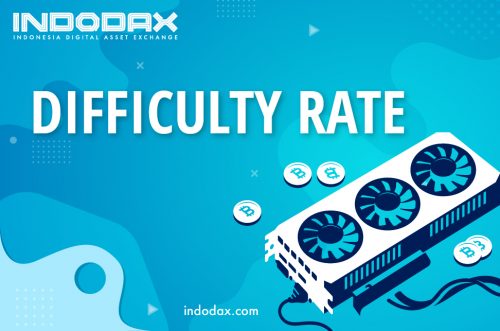In proof-of-Work-based blockchains (such as Bitcoin), new blocks are added to the chain through mining, which involves solving cryptographic puzzles.
The Bitcoin blockchain is designed to have a new block added approximately every 10 minutes. However, as the Bitcoin Whitepaper predicts, the speed of solving cryptographic puzzles will decrease over time due to the advancement of the hardware used.
To keep up with the increased speed of hardware, cryptographic puzzles were made more difficult. This difficulty is constantly being revised, with the aim of targeting a specific number of blocks mined per hour.
Difficulty is a number that determines how difficult it is to hash a block. The difficulty level varies based on the amount of computing power used by the miners on the Bitcoin network. If a large number of miners leave the network, the difficulty will decrease. However, with the increasing popularity of Bitcoin and the increasing number of miners, the difficulty level (Difficulty) is also increasing and it is increasingly difficult for miners to hash so that the competition in mining Bitcoin is getting tougher.
The increase in difficulty (Difficulty) on the Bitcoin blockchain is staggering. When the creator of BTC, Satoshi Nakamoto, mined the genesis block, they probably did so on a regular desktop computer. At this point, the difficulty (Difficulty) is measured at 1. At this point, Bitcoin’s difficulty is now around 20 trillion.
Successful Bitcoin miners are rewarded with new coins. However, Bitcoin is designed with a limit on the number of blocks mined. When this level is reached, no new coins will be created — but mining power (or hash power) will still be required to continue network operations. To encourage this, the reward for mining will change; Instead of being awarded coins, successful miners will receive a share of the fees associated with transacting on the network.





